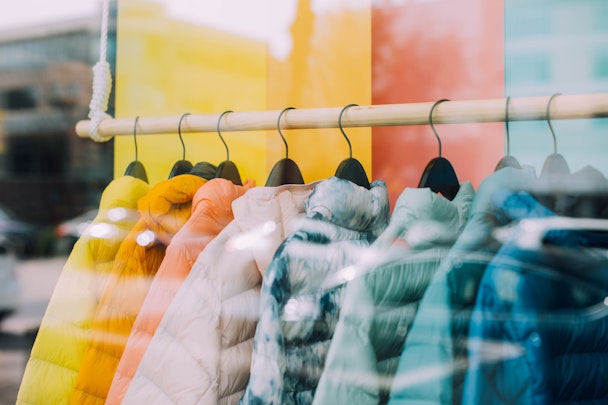Gender-diverse journeys are essential to modern retail
For decades, it was taken as gospel that the best approach to branding lay in targeting specific groups through the definitive parts of their identity. However, it’s become ever clearer that fluidity in all aspects of personhood is now a fundamental part of the modern zeitgeist. While steps have been made to integrate this inclusive mindset into marketing strategies and branding exercises, more needs to be done to hit the mark.

Greenlight on how retail can move to be more gender-diverse and inclusive with their customers.
The consumer shift
According to recent research, 50% of gen Z rejects the idea of gender binaries, with figures reaching 56% for millennials. These younger generations are dismantling restrictive gender norms and roles, trading outdated stereotypes for a wide range of expression and experience. Though this has been a conversation for many years, the uptake of gender diversity across e-commerce and marketing has been relatively small until the last year. The fact is that retail cannot continue to ignore the move away from binary gender within the consumer space, and it now needs to go beyond representative ad campaigns down to all user touchpoints.
Current blockers
There are issues with this when it comes to online. Google itself is guilty of gendering even the most basic of search terms to show results it believes are tailored to the user. A classic example of this is the term ‘jeans’. Through its algorithm’s methodology, it has determined that any user searching for jeans will want to end up on a women’s jeans product listing page. Generic pages, as well as those for men’s jeans, are bumped down the list. This presents a problem for sites wanting to sell as much as possible, as well as giving some insight into the extent to which there remains a demand for gendered products. To meet the demand that does exist, a more cohesive approach is needed.
What can be done?
More can be done to facilitate non-binary users and the consumer’s desire for an inclusive space.
Firstly, site architecture can be considered. When entering a website, particularly in fashion but often across e-commerce generally, the standard page segmentation splits products into ‘mens’ and ‘womens’, with some companies even having sub-brands to target each gender. This does seem outdated considering that only 44% of gen Z and 54% of millennials exclusively buy clothes designed for their own gender.
Lucy and Yak is a great example of how a more inclusive approach can work, having its products segmented into product types as opposed to gendered groupings. This means that regardless of how the customer identifies or presents, they will be able to engage with the product through the journey. Building top-line, inclusive and diverse listing pages, even if you determine the need to have gendered filtering to maintain reach, will accommodate the user need.
Secondly, while there’s little that can be done to disrupt the (unintentional) bias present within Google’s algorithms, there is a range of non-gendered terms that can be utilised to assist appearance in the search engine results page. Think about filtering beyond gender and accommodating products based on their color, material, or even more colloquial words such as ‘trendy’. In doing so you can make a gender-inclusive consumer page where the results are tailored to the user without disrupting bounce rate.
Authentic engagement with gender-neutrality is the third way in which the expression of this move needs to be replicated online. While it’s often easier to diversify advertising, it’s worth remembering that all touch points within the user journey need to be hit. Ensuring that all bodies are shown on-site while keywords are kept as open and inclusive as possible means that a non-binary user, as well as the modern consumer, will be able to navigate freely and without causing undue, unnecessary harm. This means ensuring that there’s a diversity of genders represented for sign-ups, or even the whole question excluded, to allow for a more free-flowing interaction with the user.
Inclusivity is essential to modern retail
Overall, it’s clear that a change is needed and that brands are moving in the right direction. While there will always be a dominant habit within older generations to search with a gendered gaze, it’s become clear to retailers that inclusivity and diversity is the end goal. While often authentic, this rhetoric frequently fails to translate into the purchase funnel. To remain indicative of the times, and stay afloat, it’s now essential that those who work within these areas take up the mantle and pursue gender-diverse, inclusive interactions with their customers.
Josh Mahir is a senior account manager at Greenlight.
Content by The Drum Network member:

Greenlight (now part of Brave Bison)
Greenlight has lived and breathed digital since 2001, when we started as three people in an old North London print shop. Today, we’re a full-service digital and...
Find out more
